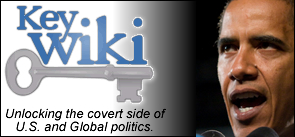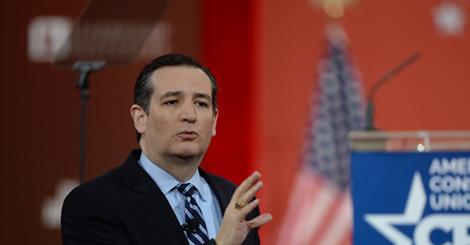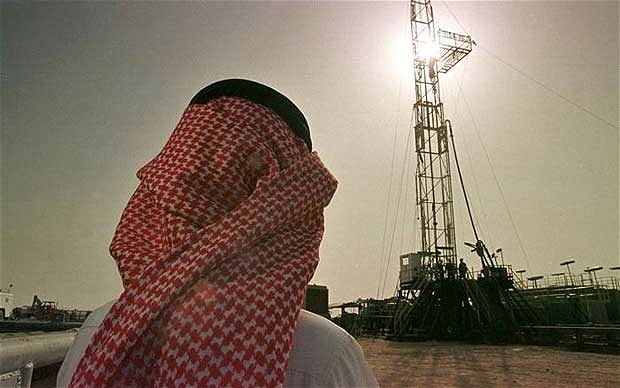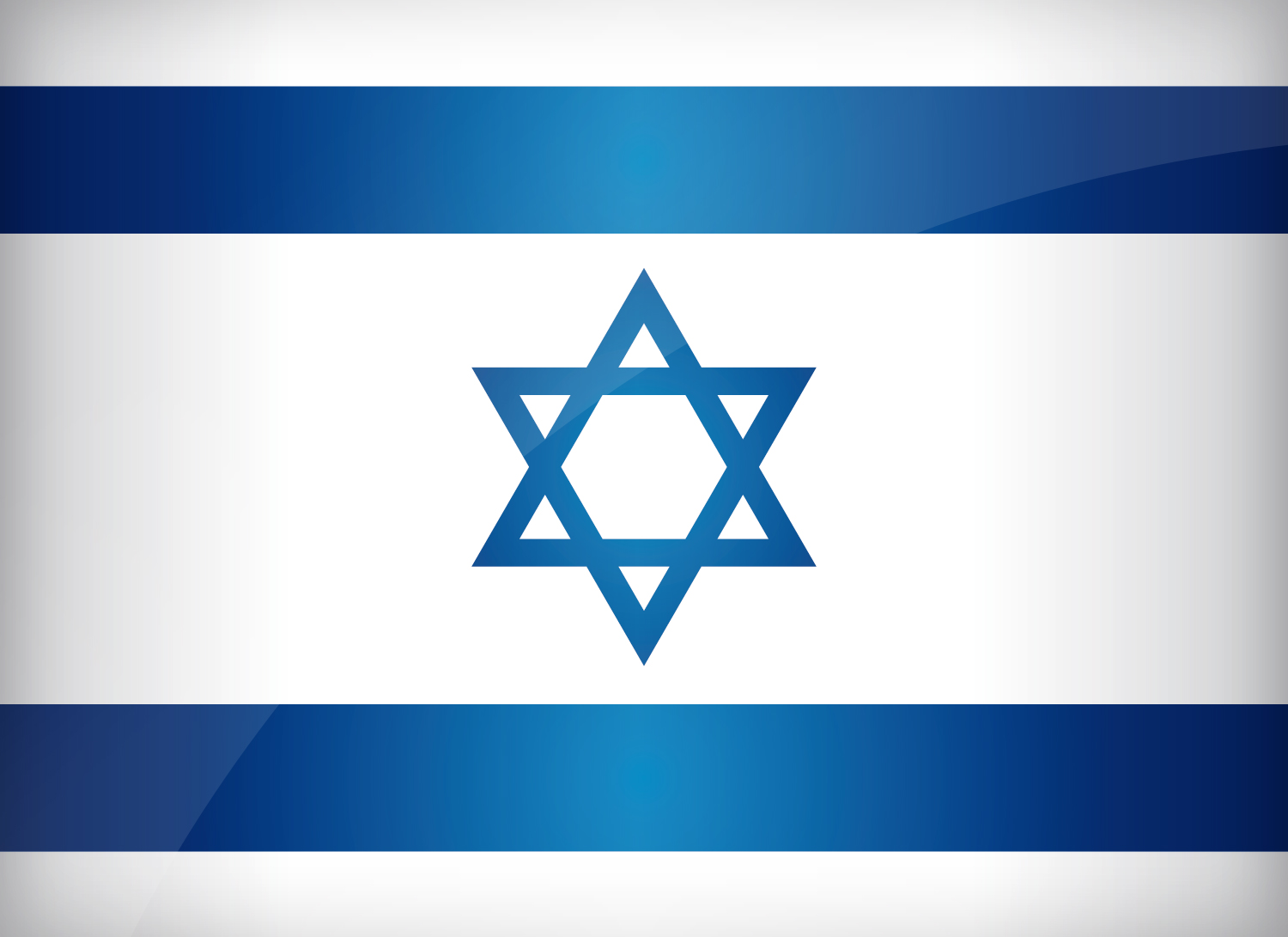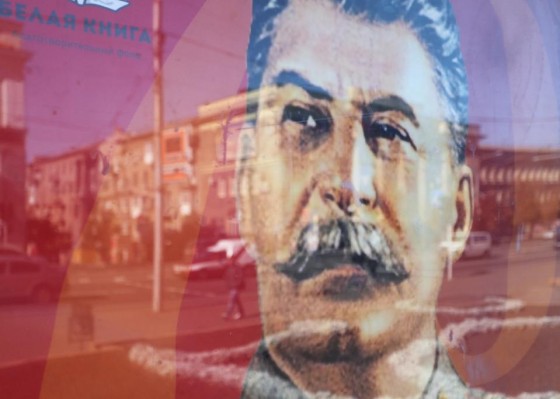Day: October 19, 2015
Oil Market Showdown: Can Russia Outlast The Saudis?
“Two men enter, one man leaves, two men enter, one man leaves, two men enter…”...
Read MoreUkraine Rebels Give Rise to a ‘New Cult of Stalin’
By: Terresa Monroe-Hamilton History is repeating itself in all its murderous glory in Russia....
Read MoreTrevor Loudon to Speak in Redding, Northern California Monday Night!!!
Posted by TMH | Oct 19, 2015 | Authors, Constitution, History, Politics, Survival, Trevor Loudon |
New Zeal Trevor Loudon to speak to the Redding Tea Party in Redding, Northern California on...
Read MoreDONATE TO NOISYROOM.NET
IN MEMORIUM

My beloved husband,
GARRY HAMILTON,
passed away
on September 24th, 2022.
I will love you always.
LIBERTASBELLA.COM
TRAPPER PETTIT
on Kindle and in Paperback.
This is the novel that conservatives
have been dying for.
KEYWIKI.ORG
